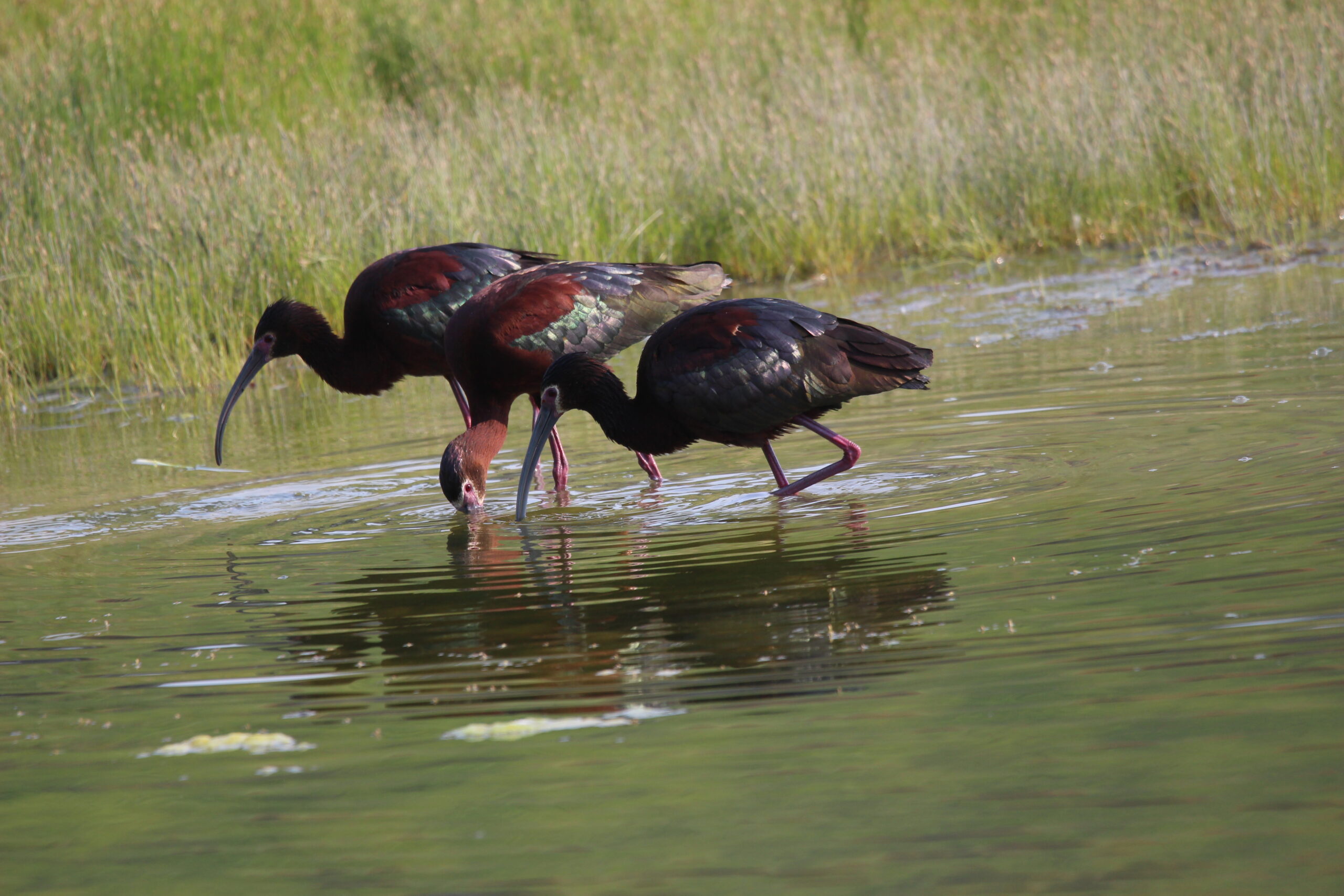While browsing the aisles of my local bottle shop last week, I came across an unfamiliar selection of Pinot Noir from Argentina.
Experienced boozers in the audience will recall that Argentina is famous for its cheap and cheerful Malbec wines, but it is rare to see the thin-skinned and temperamental Pinot Noir grape grown in Argentina, as it usually prefers cooler climes.
Examining the label more closely, I found that it was from Patagonia, located at the absolute southern tip of South America. Patagonia is sparsely populated, being nearly twice the size of Alberta, but with less than half the population.
The low population can be attributed to the extreme geography, a series of dry and arid steppes on the eastern slopes of the Andes mountains. The low rainfall in the area is a boon for vineyards, as grapevines do not like wet feet, which causes the roots to rot and the grapes to bulge and split.
There are close to 9000 acres under vine, making the Patagonian wine region nearly quadruple the size of the Okanagan wine region in BC, although much drier and at higher altitudes, with most of the Patagonian vineyards at 300-500m above sea level.
The dry and desertlike climate has large diurnal swings, with the warm days and cold nights allowing the grapes to slowly develop rich and complex flavours over the growing season, while still retaining sufficient acidity for long aging.
Because the area is so dry, the wine regions are clustered around the rivers, where the mineral-rich spring runoff from melting snow in the Andes irrigates the vineyards and renews the rocky soils.
Our Canadian dollar has taken a beating in world markets over the past few years, but Canuck bucks are still strong when compared to the struggling Argentine peso that has suffered hyperinflation over the past few decades, which essentially lets us buy Argentine wines at a permanent discount. Due to the currency imbalances, a $20 bottle of Argentinian wine is often the equivalent of a $40 bottle of Canadian wine, making it a tremendous value.
The name Argentina comes from the Latin word for silver, which is what the Spanish conquistadors were searching for during the early days of Spanish colonization in the 1500’s. It was not long after the first waves of Spanish colonization that European grape varietals were planted in Argentina, and certain grapes thrived particularly well in the Argentine terroir.
While the thundering juggernaut of Malbec has been thriving in the Mendoza region of the country for centuries, the vineyards of Patagonia are new to winemaking, with development starting in earnest mere decades ago.
While many of the Bordeaux grape varietals are flourishing in Patagonia, the chilly nights give Pinot Noir grapes just what they need to shine. Pinot Noir has become the signature grape of the region, with a growing reputation for quality that is reflected in the price.
The long growing season with plenty of sunlight due to the extreme latitude makes the Patagonian Pinot Noir unique. Normally a finicky grape that is prone to mildew and rot, the stiff winds and dry air constantly buffet the grapes, forcing them to develop much thicker skins than the Pinot Noir grapes of Bordeaux. Since so much of the tannins and flavour comes from the skins, the thicker skins give the Patagonian Pinot Noir a rare expression of fullness, with darker and richer red fruit undertones than its French counterparts.
If white wines are your preference, the Sauvignon Blanc and Sémillon grapes have taken well to the local terroir. Most of the Sémillon vines were planted in decades past for producing sparkling wines, but changing consumer preferences have seen the winemakers fermenting the wines without making them bubbly.
I have long been a fan of Sémillon, with its cool climate expressions having a citrusy acidity that stands up well for food pairings. With a full body like Chardonnay, but a light zesty flavour closer to Sauv Blanc, Sémillon is commonly blended with other varietals in the eternal search for the perfectly balanced wine.
I prefer my Sémillon to be only lightly oaked to impart buttery notes to balance the fresh lime and grapefruit expressions on the tongue, and help balance the strong floral aromas.
Look for the wines of Patagonia at your friendly neighbourhood booze merchant, and enjoy the best that Argentina has to offer!





